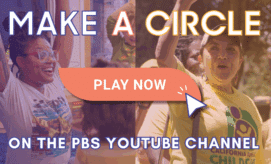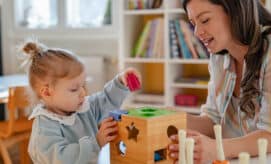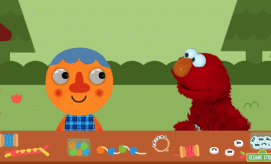What is Tinkering?
Rachelle Doorley states that tinkering begins with “problem solving and a curiosity about how something works. When children are encouraged to solve problems on their own, they learn a great deal through the questions and hands-on experiments that lead to a solution.” In tinkering, the result is less important than the process. More emphasis is placed on children’s curiosity, questions, and exploration.
About the Author
Rachelle Doorley is graduate of UCLA and Harvard Graduate School of Education. She oversaw school and docent programs at the San Jose Museum of Art and designed art curriculum for San Francisco Children’s Creativity Museum. Additionally, she was an advisor to Kiwi Crate, and is currently an Artist-in-Residence at the Cubberley Art Studio Program in Palo Alto.
Tinkerlab has been featured in Palo Alto Pulse, PBS Parents and many others. Rachelle’s teaching philosophy includes an emphasis on fun and playful experimentation with a fail-forward mindset. She believes children build confidence and self-esteem when solving their own self-designed problems.
Using this Book in Your Curriculum
The book is broken down into several chapters, starting with creating your own Tinkerlab space. This includes recommended tools, materials, and organization. From there, the book dives into experiments and projects to try out with the children in your care with varying levels of complexity for different ages. The best part about the book is that you do not have to stick to everything exactly as recommended and there is no right or wrong way to try these experiments! The book serves as inspiration, while allowing flexibility to figure out how it best fits into your space.






